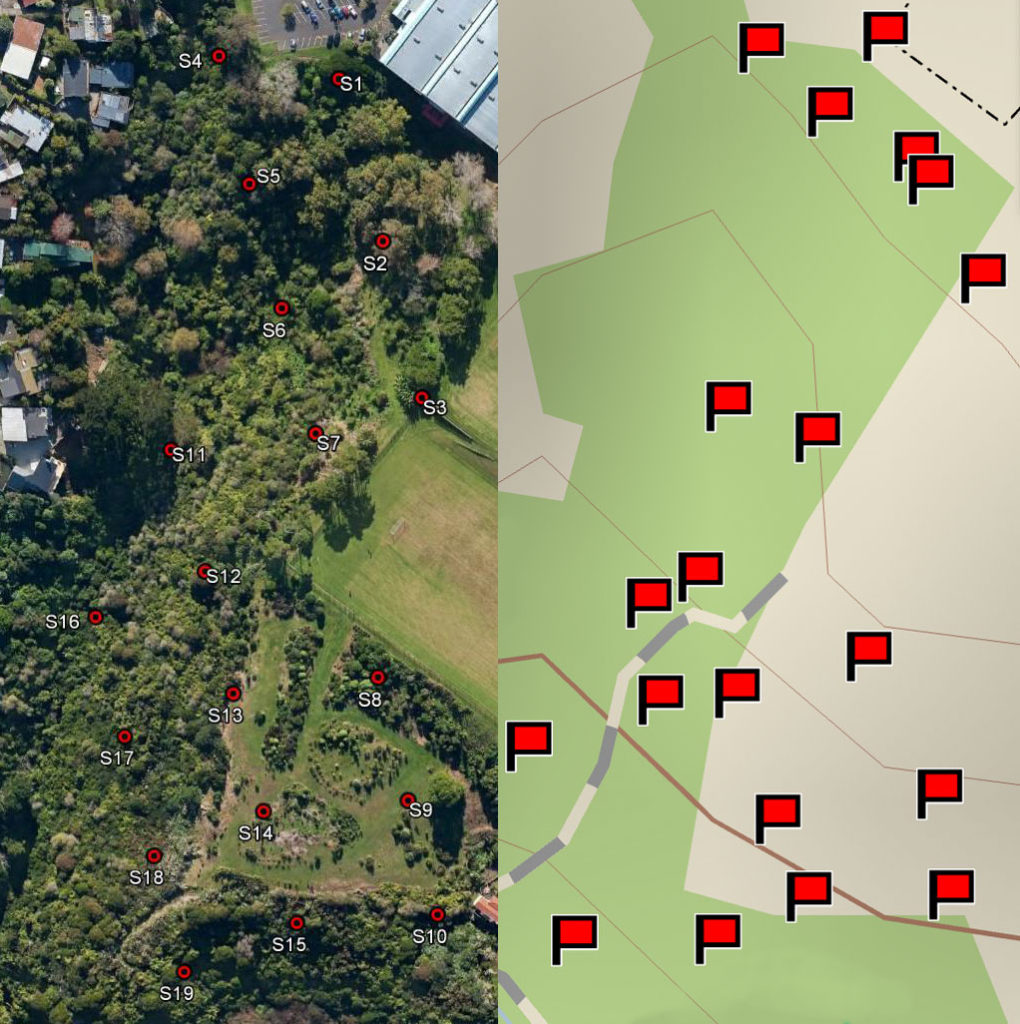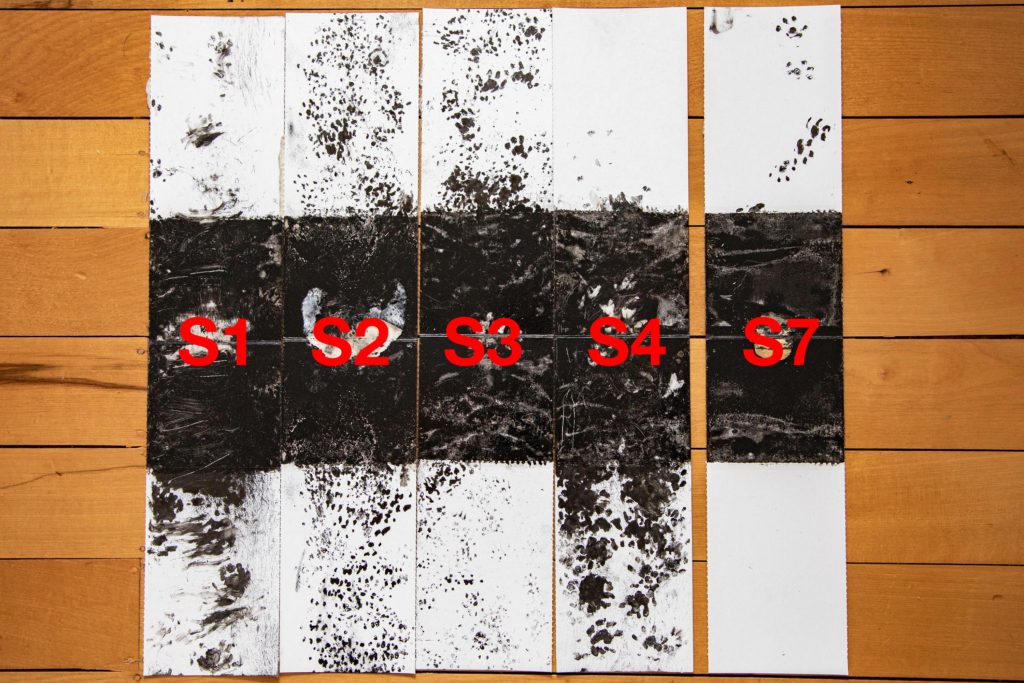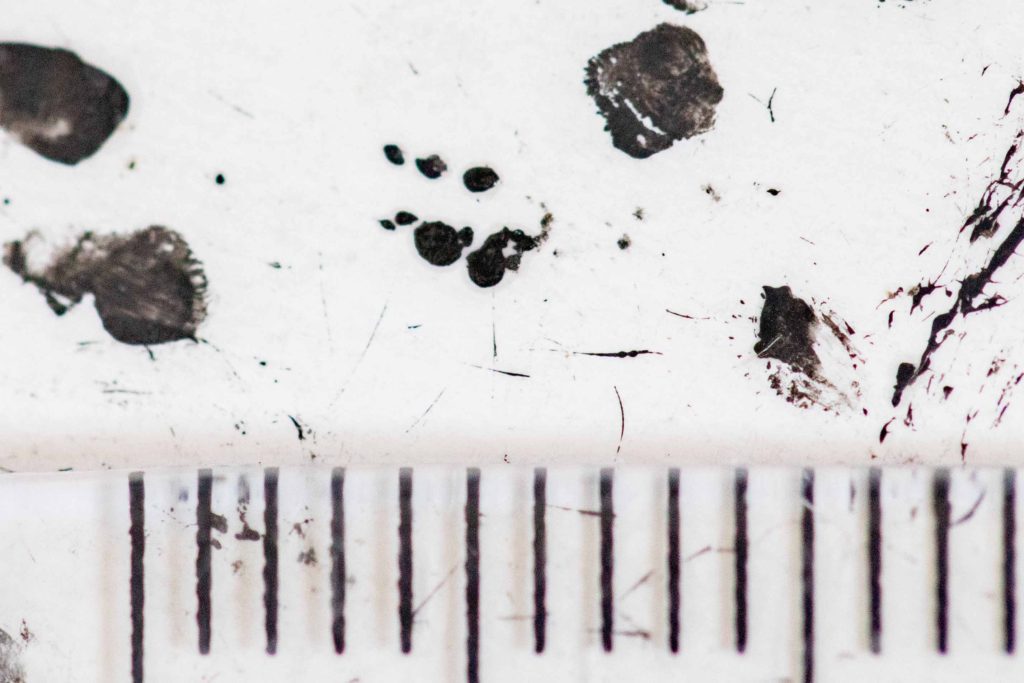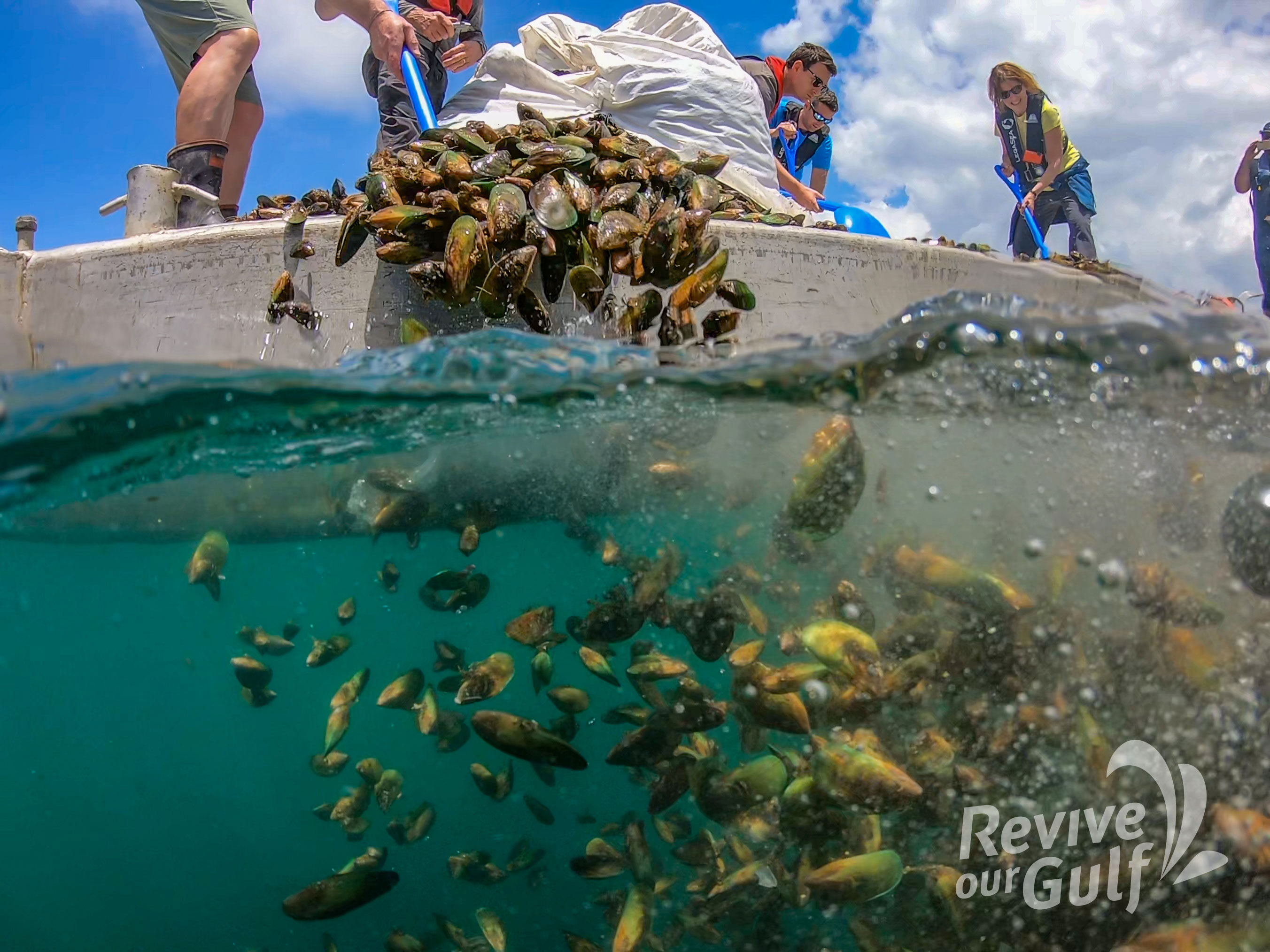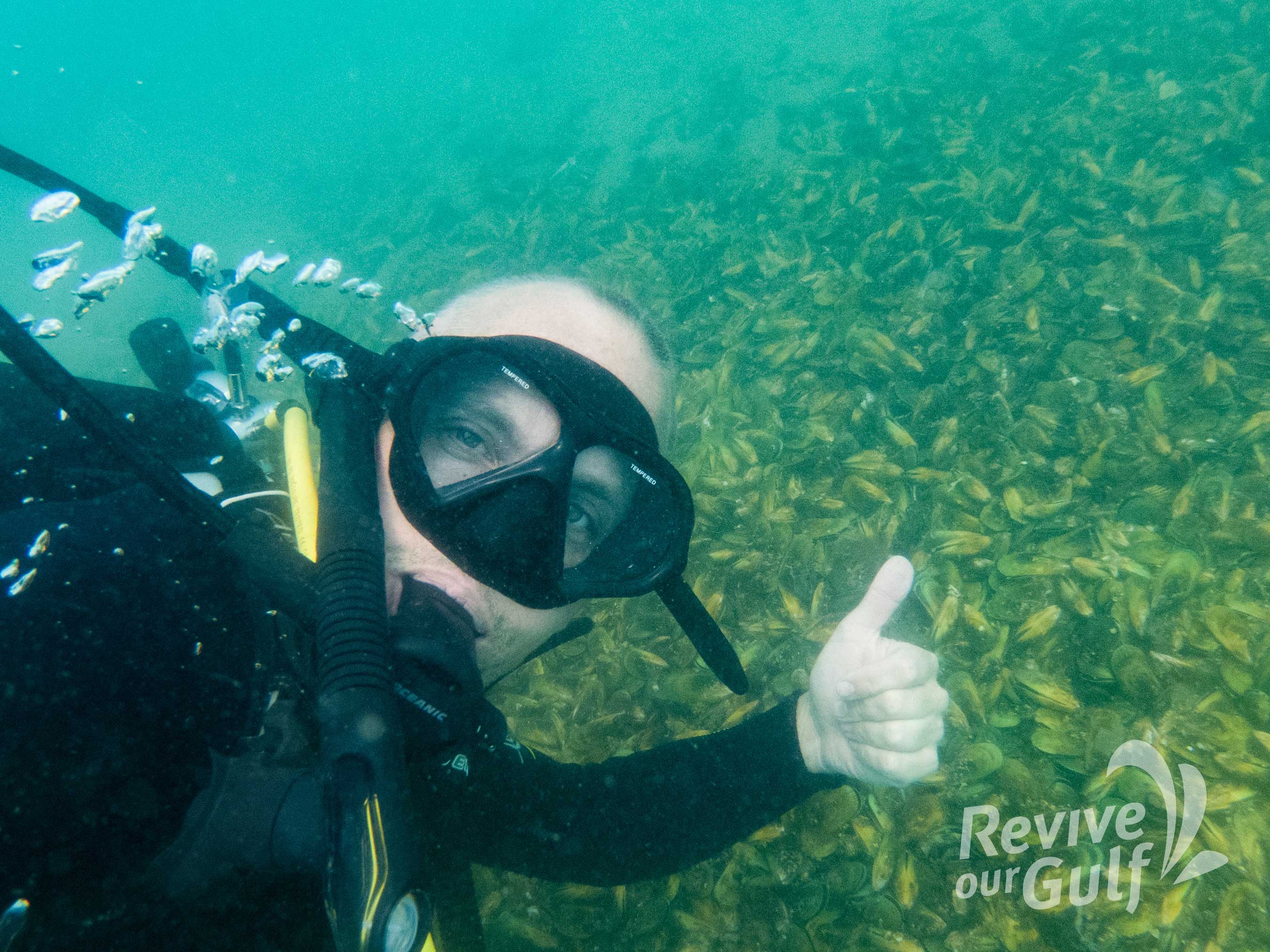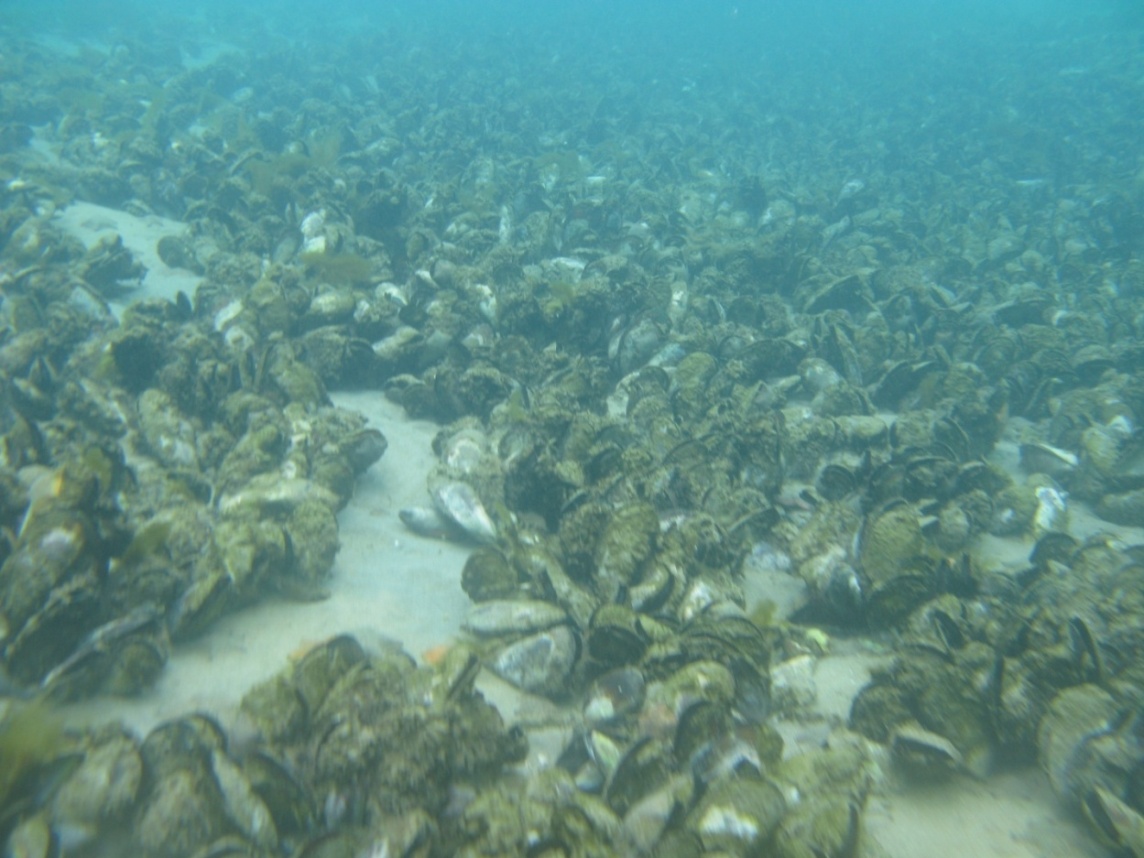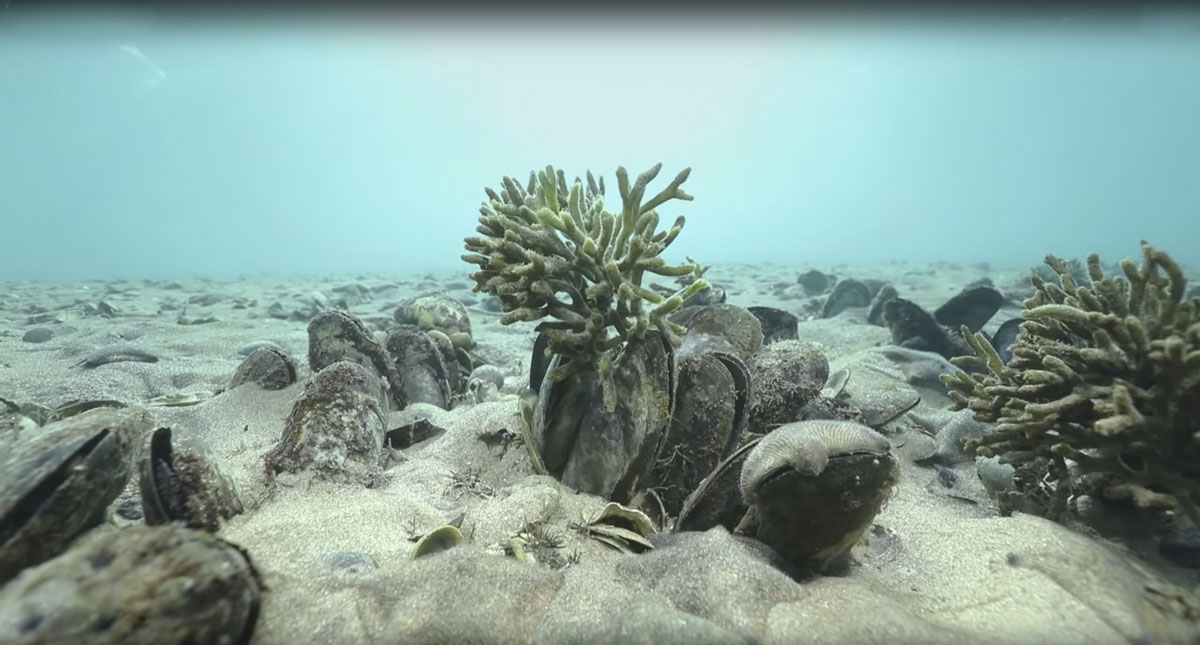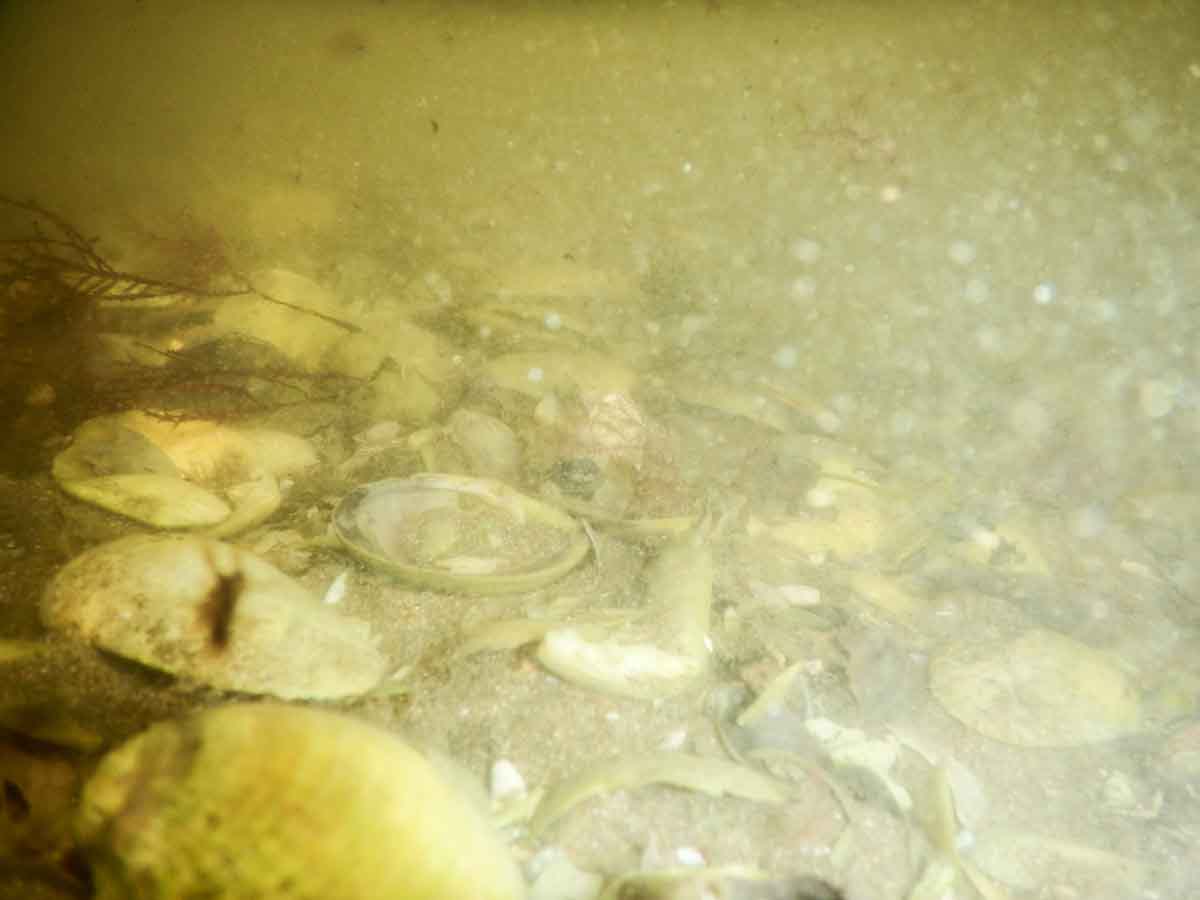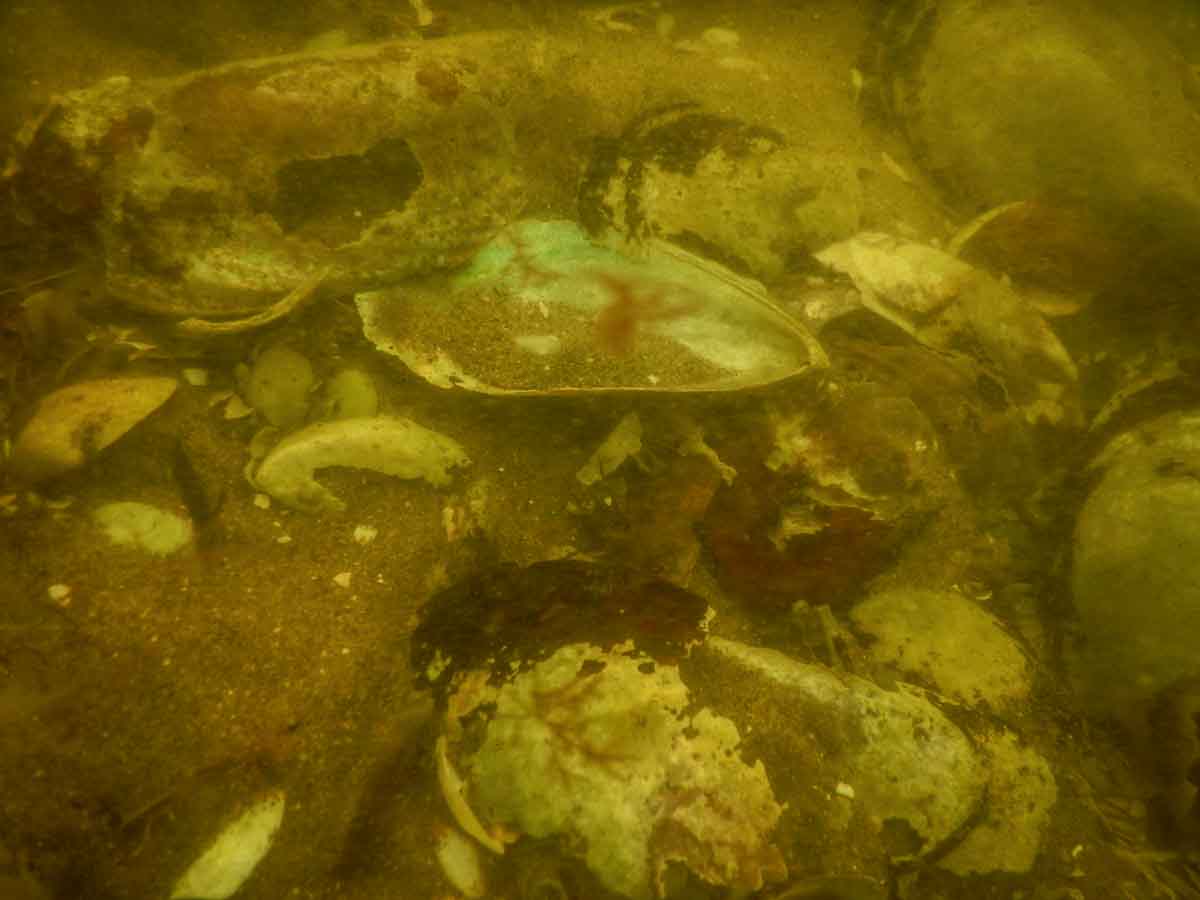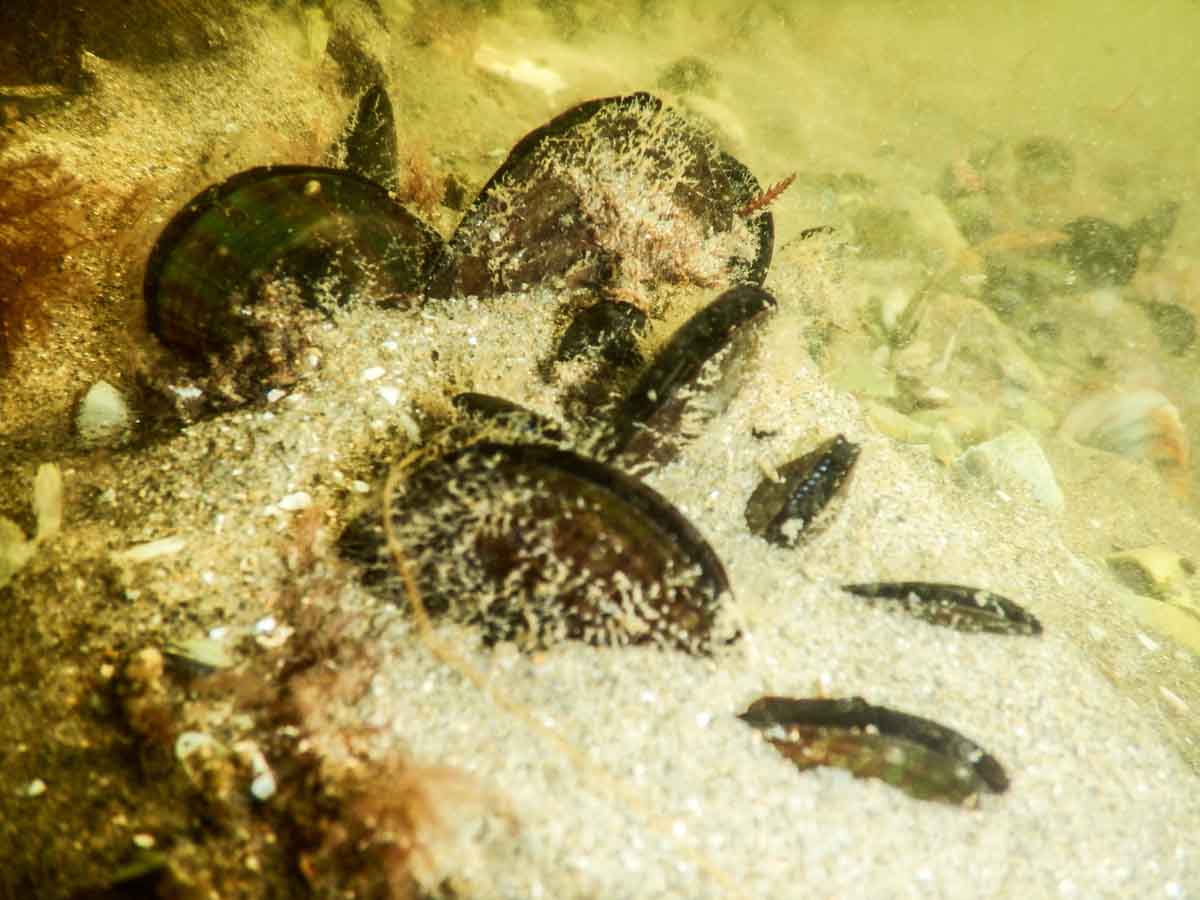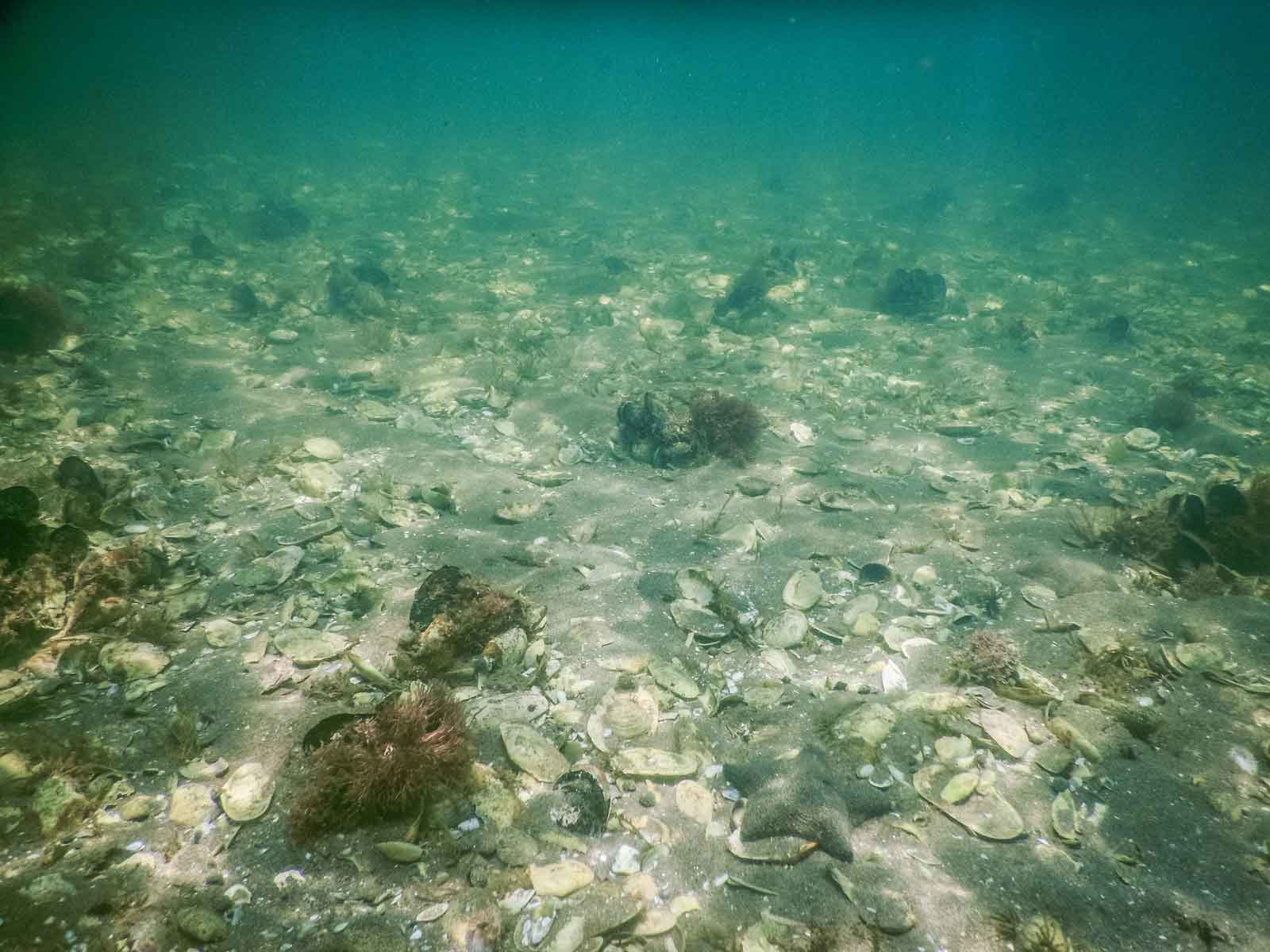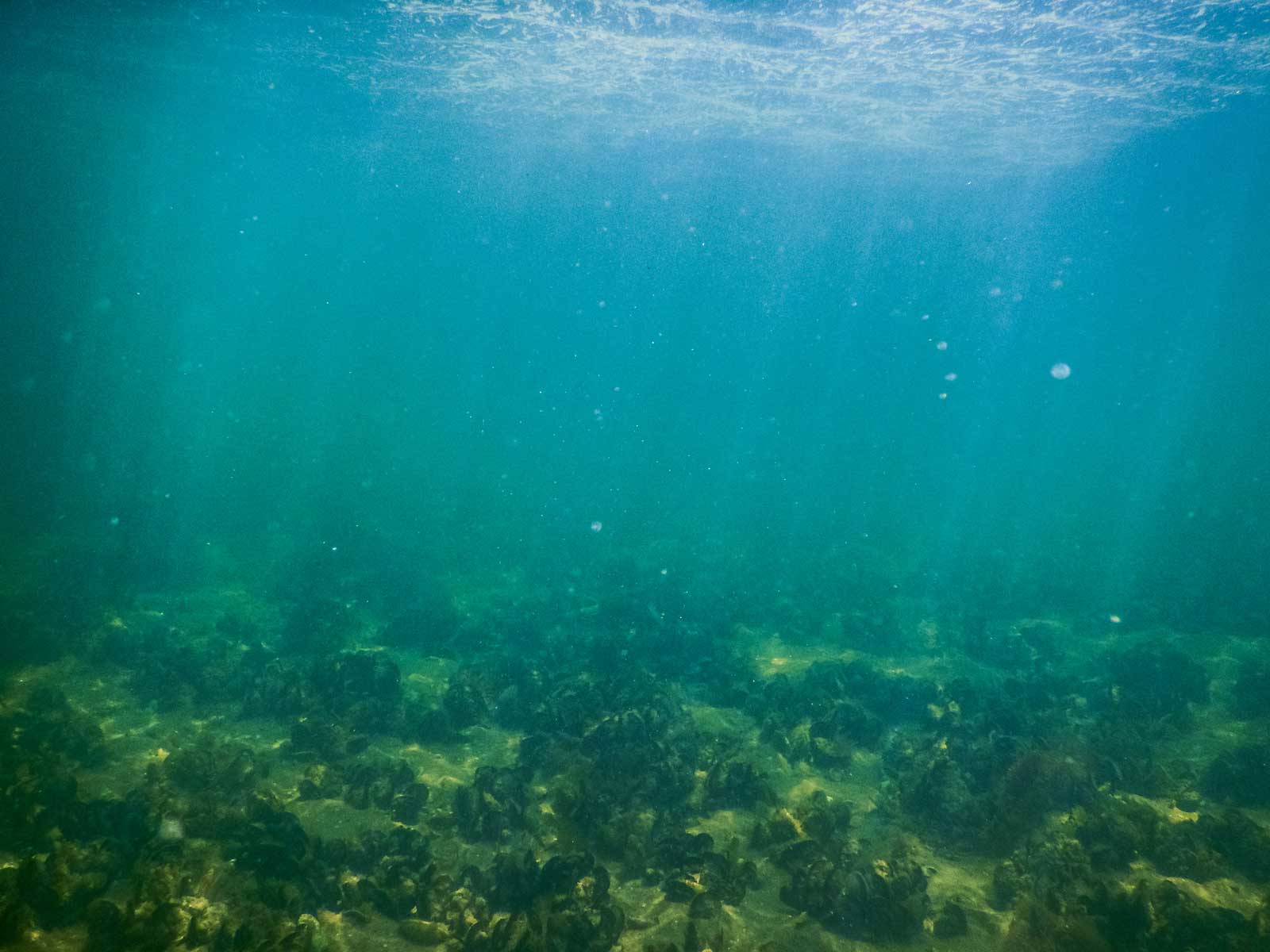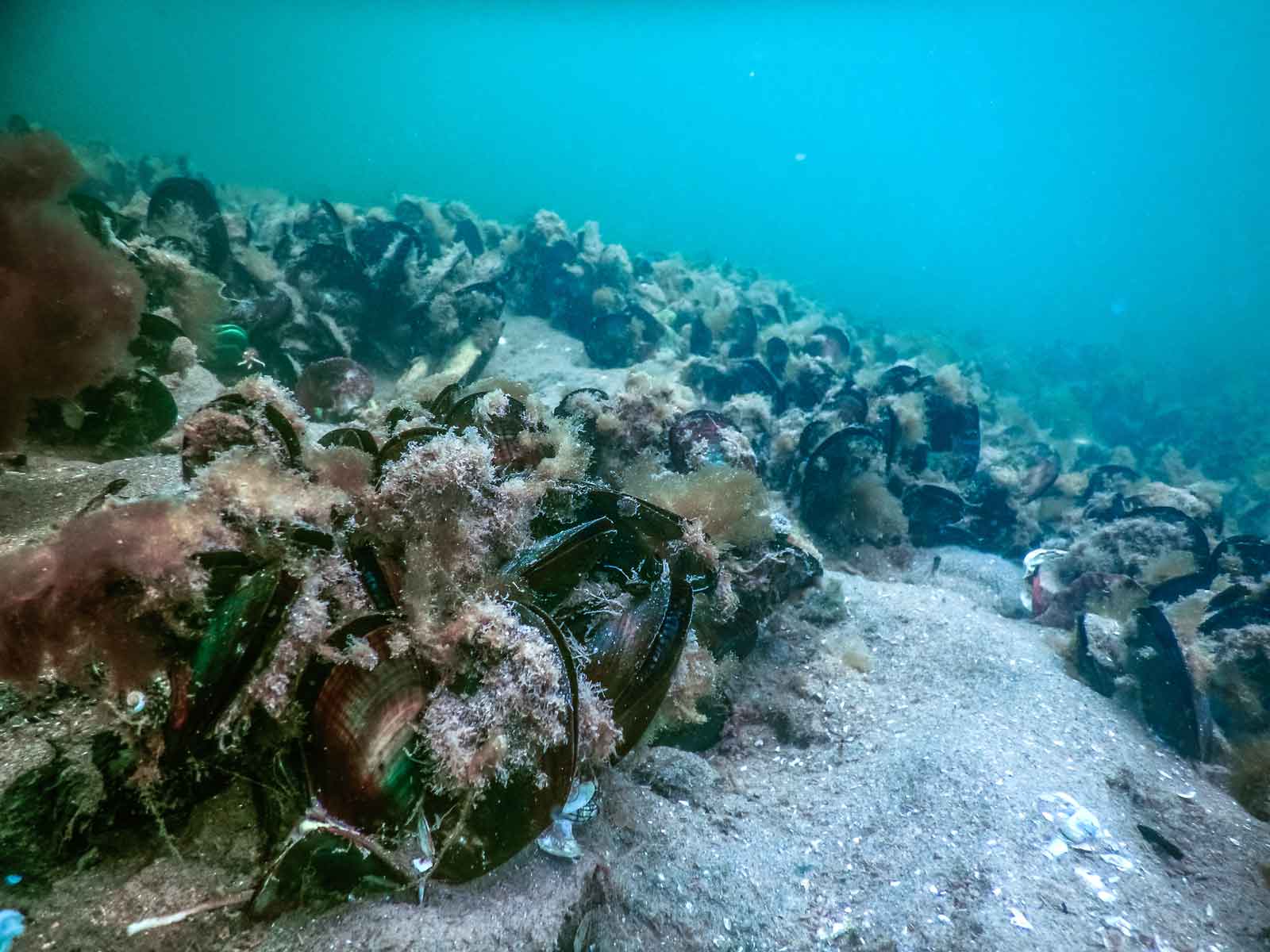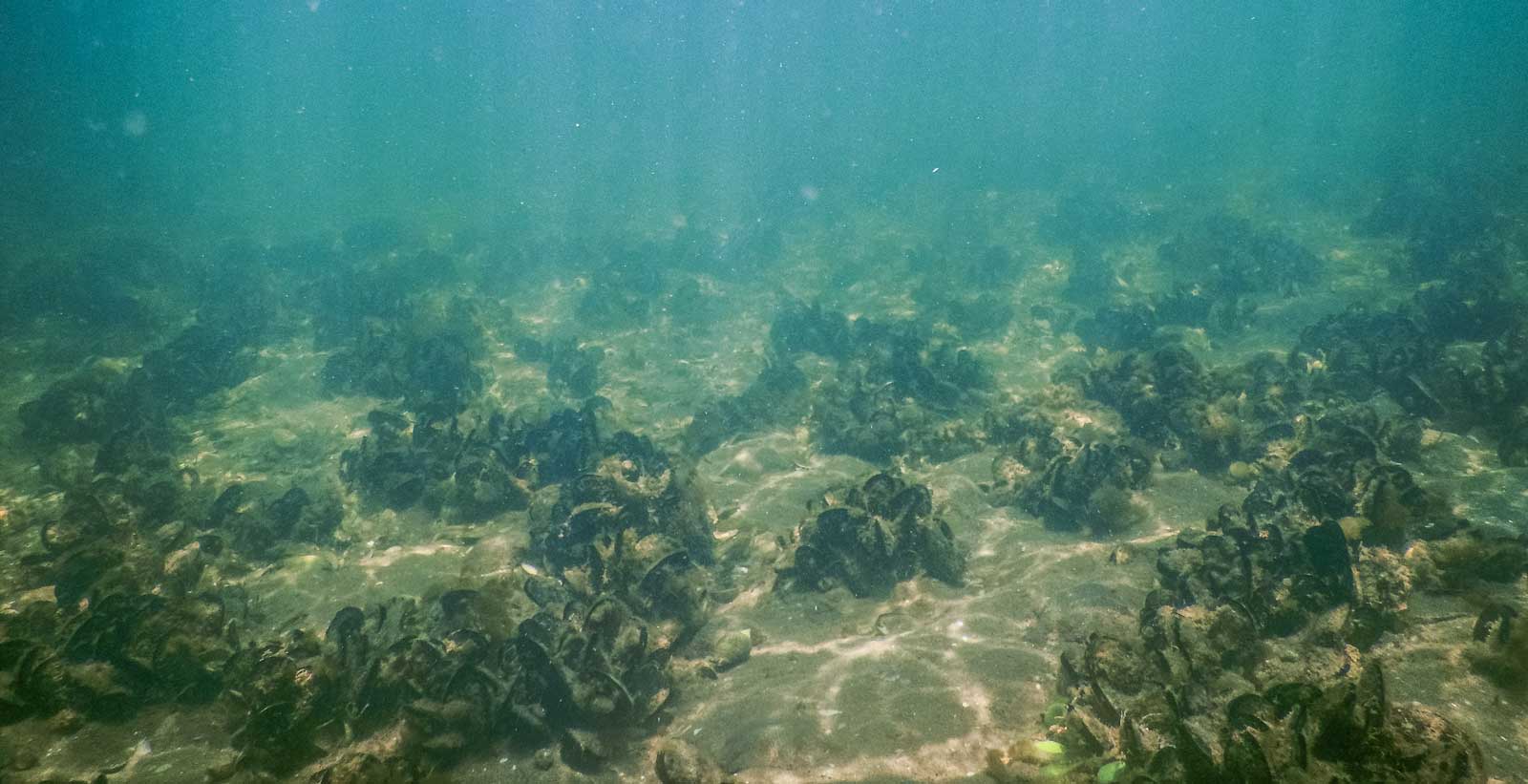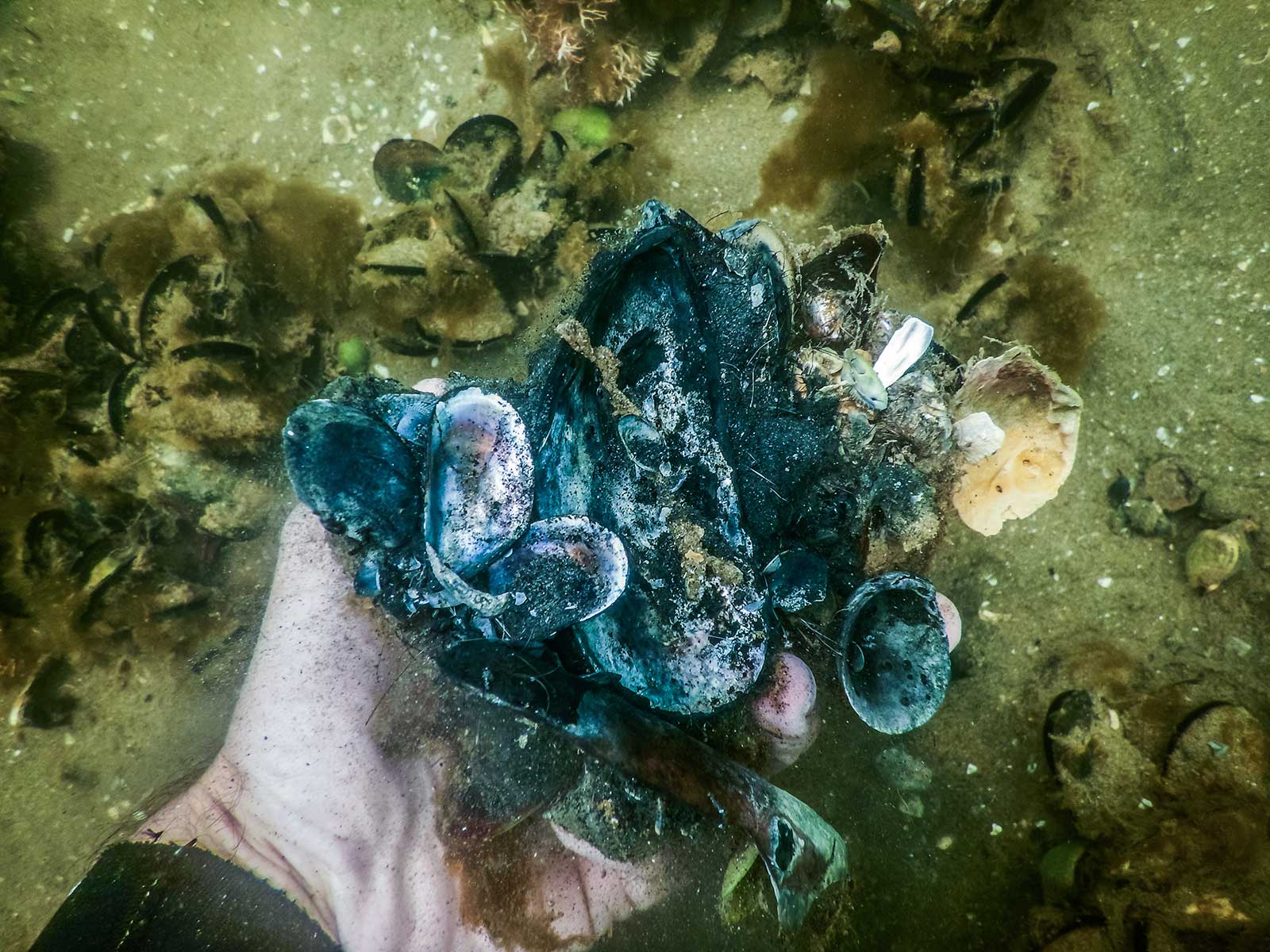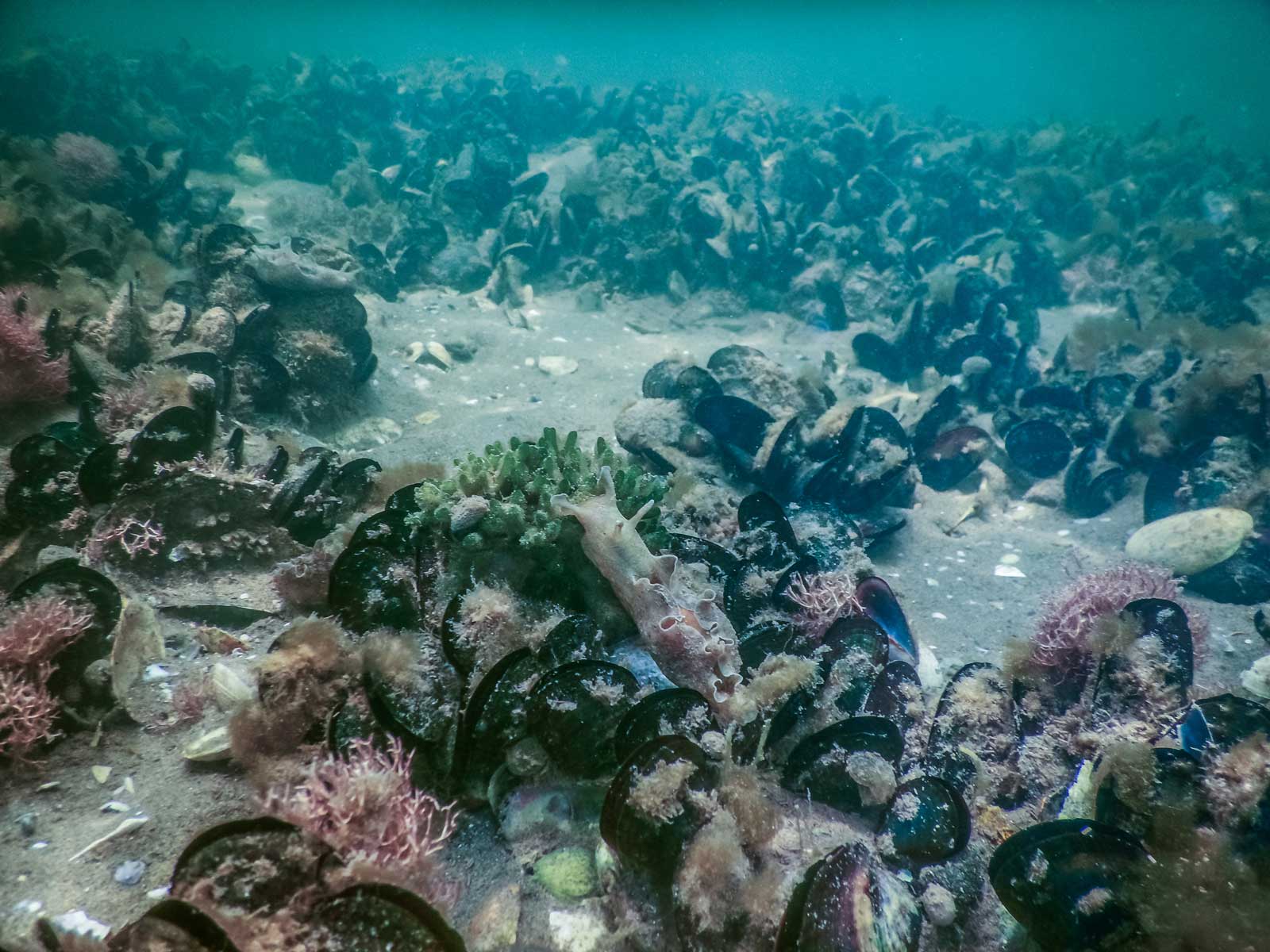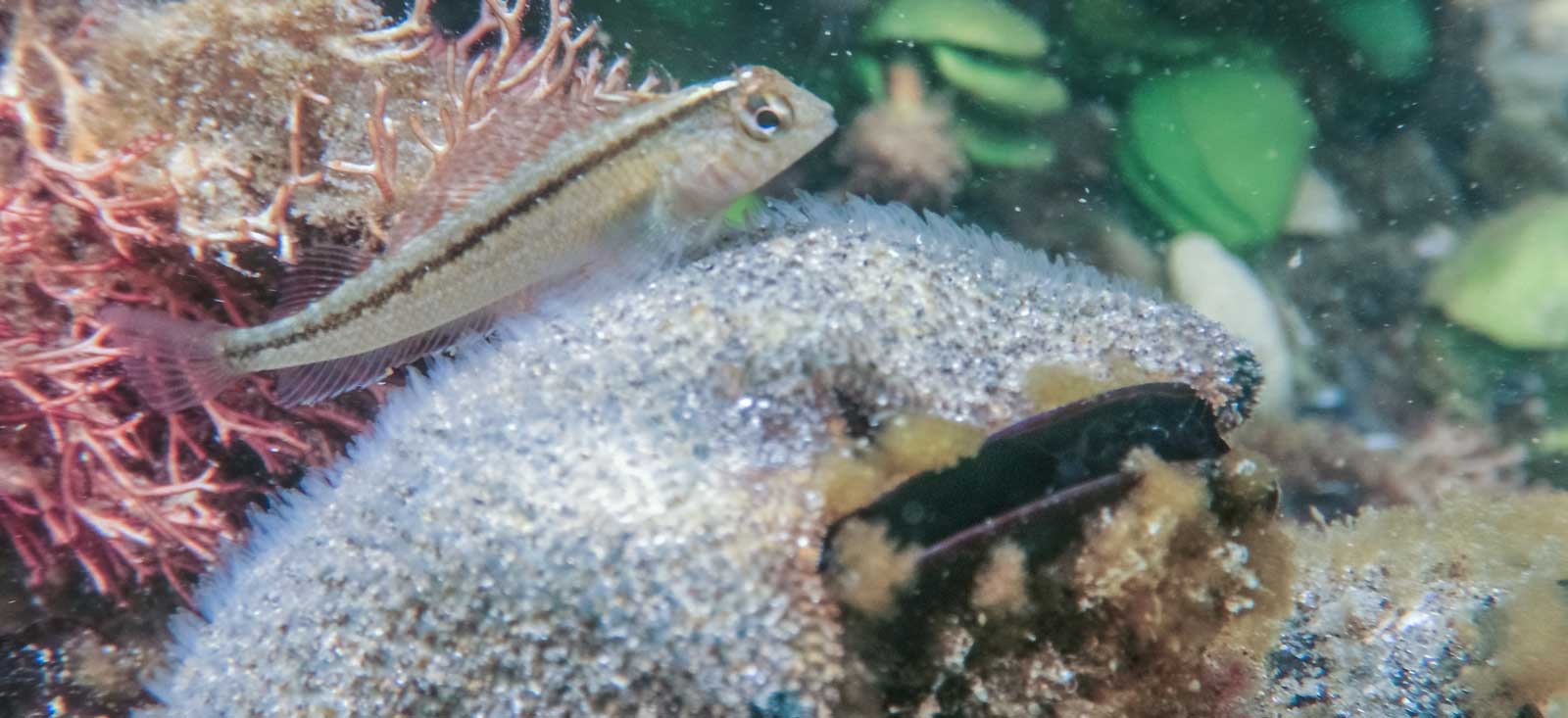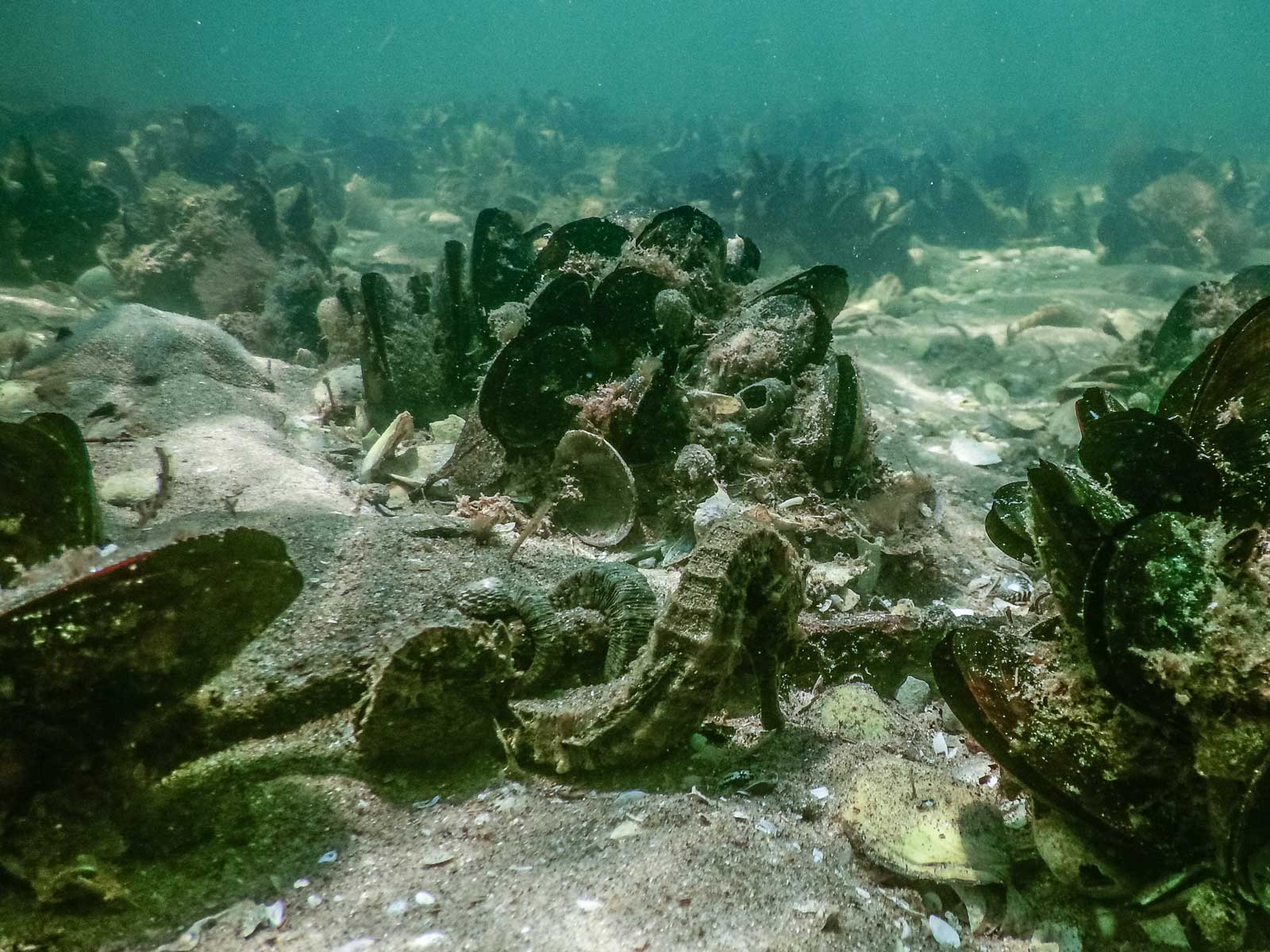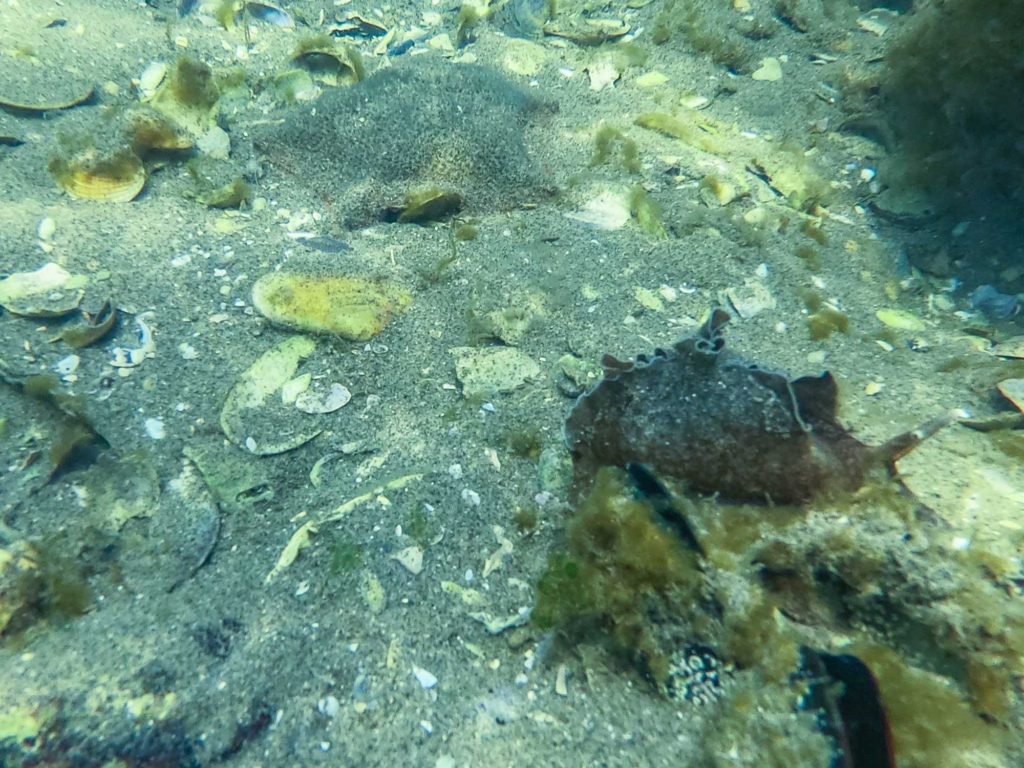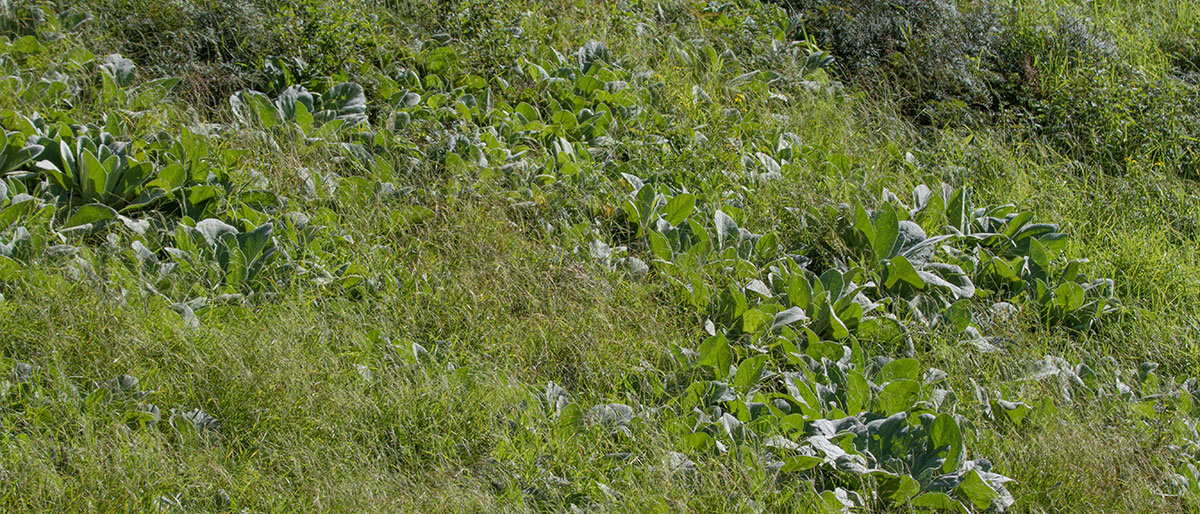I presented this report to the Maungakiekie-Tāmaki Local Board today as they are yet to seek advice from a shorebird expert at Auckland Council in developing their Open Space Network Plan (OSNP).
It recommends:
- Shorebird expert to review the report.
- Local Boards commit to reverse declining shorebird numbers.
- OSNP revised with dedicated and enhanced shorebird roosts.
- Serious investments in shorebird roost protection and enhancement.
I have also attached my amendments to the OSNP and my submission on the OSNP above.
UPDATE: 1 May 2019.
Great response from the Ōrākei Local Board, nothing from the Maungakiekie-Tāmaki Local Board (yet) who have approved their Open Space Network Plan with no space for shorebirds.
UPDATE: 18 June 2019
Great article on the report by Farrah Hancock here
UPDATE: 12 July 2019
“The report’s recommendations accord closely with the Council’s policies and objectives to protect biodiversity in the Auckland region.”
– Dr Tim Lovegrove
UPDATE: 01 September 2019
Report covered on page 9 of the Panmure Business & Community Newsletter
UPDATE: 12 September 2019
The MTLB have made changes to the OSNP as follows:
| Page/title | Amended text |
| Page 10 (Coastlines and Waterways) | The Tāmaki Estuary is home to a varied number of shorebird species. The shorebirds roost in the reserves along the coastal edge throughout the year including Point England Reserve, Wellington War Memorial Reserve and Tahuna Torea Nature Reserve. Several species are threatened and the populations are in decline. Threats to the shorebirds include disturbance of their roosts preventing them from resting, particularly at high tide, from lighting of the reserves at night, dogs, humans, unsuitable vegetation and construction. |
| Page 20 (Environmental Quality) | + Shorebird populations are in decline due to their roosts within the coastal reserves being disturbed |
| Page 36 (Improve biodiversity and water quality) | Protect and enhance shorebird roosting areas: + Investigate opportunities to restore roosting areas for shorebird populations + Provide opportunities to protect existing roosting areas. |
The wording is well chosen and at a high level it addresses my core concerns. A good start to reversing the decline of the shorebirds in the Tāmaki Estuary.
UPDATE: 7 May 2020
The authors have really taken on board the feedback! Shorebirds (which contain the most conservation dependant species in the region) were excluded from the plan. They now feature on pages 10, 21, 37, 51, 52, 55, 93, 94, 109. You can download the finalised copy of the Tāmaki Open Space Network Plan here. [Published here first!]
UPDATE: 20 August 2020
Ōrākei Local Board’s environment work programme 2020/2021: Tāhuna Tōrea investigation of habitat restoration for shorebird roosting $15,000





